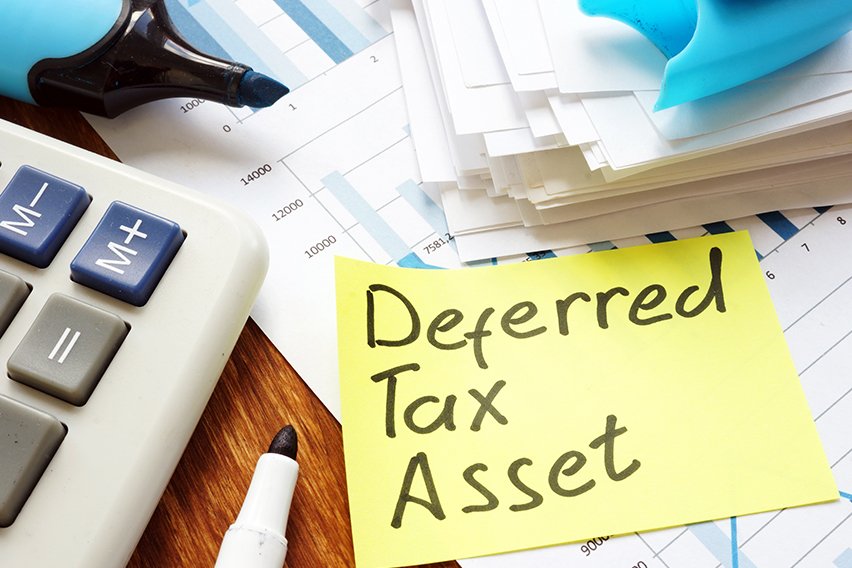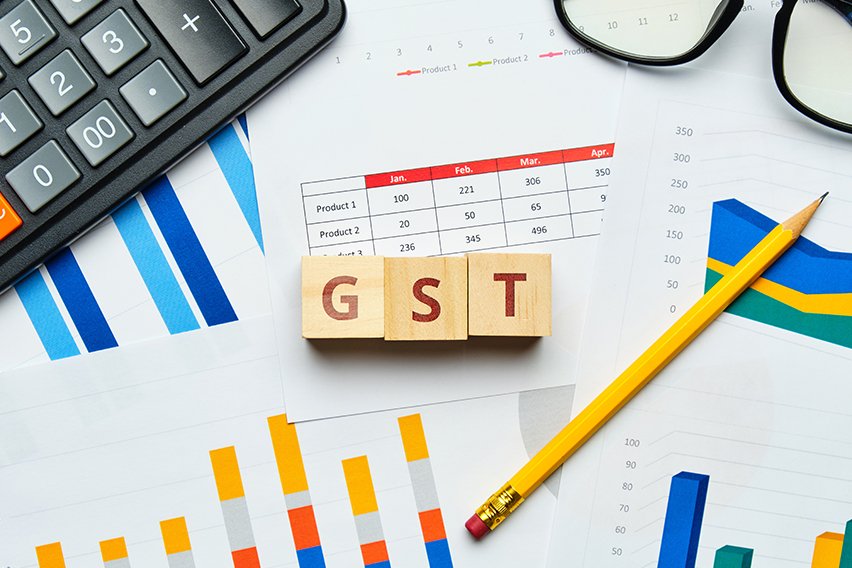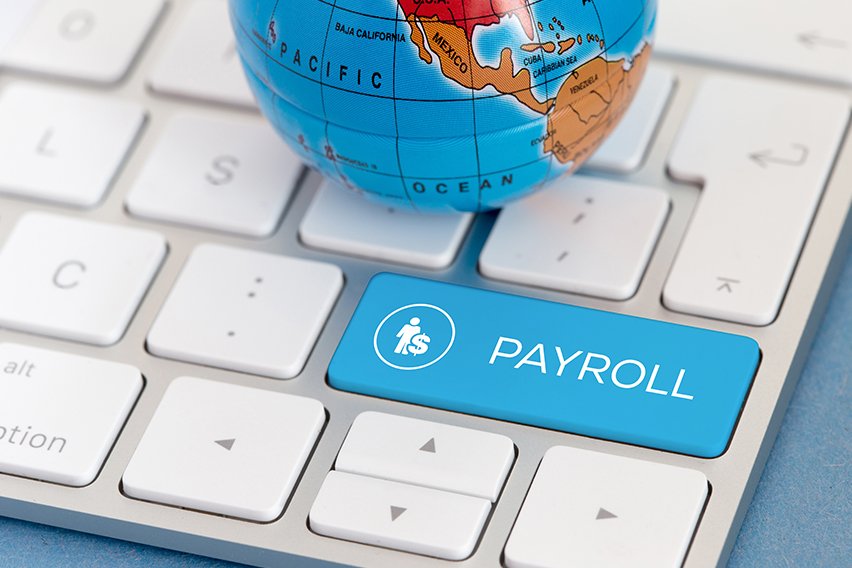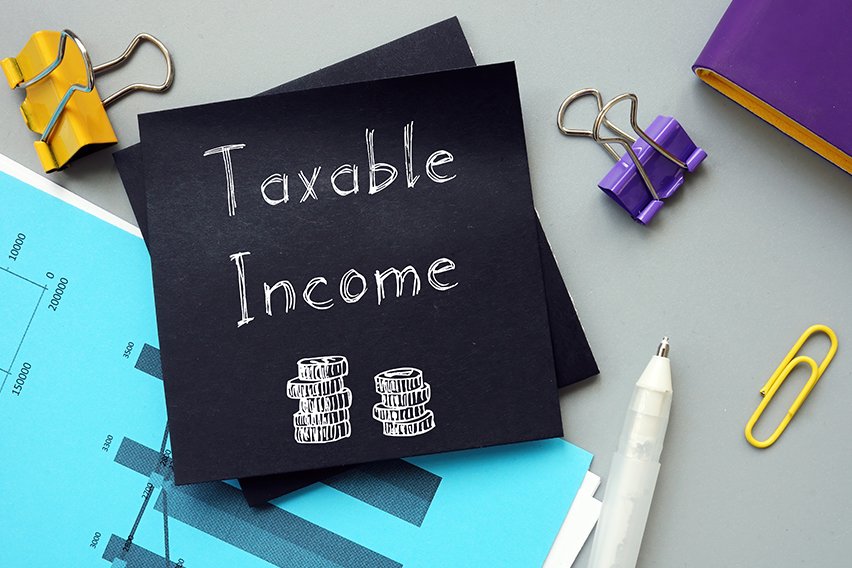Skills And Training Boost For Small Business

In the latest federal budget announcement, there were several wins. This is true especially for small businesses, employers, apprentices, and trainees, all of whom are already in the workforce. It’s also a win for those who intend to become apprentices or trainees this fiscal year.
Among the announcements were a Skills and Training Boost and a Small Business Technology Investment Boost. An extension to the Boosting Apprenticeships Commencement salary subsidy was also announced.
With this in mind, read on to learn more about the Small Businesses Skills and Training Boost in Australia.
Table of Contents
- What Is the Skills and Training Boost?
- Eligible Skills and Training Expenses
- How to Claim the Skills and Training Boost
- Benefits of This Tax Break
- Key Takeaways
- FAQs About the Skills and Training Boost
What Is the Skills and Training Boost?
The Small Business Skills and Training Boost gives small companies in Australia a bonus 20% tax deduction. This accounts for any outside training given to staff.
The government’s Skills and Training Boost encourages small firms to train new employees. It also encourages them to upskill current employees by assisting them in becoming creative and expanding. The government hopes that this policy will end up saving around $550 million in taxes.
Small firms can deduct an additional 20% of the cost of external training courses provided to employees. This has to be in Australia or online by Australian-registered providers.

Eligible Skills and Training Expenses
Small businesses that meet the following requirements qualify for the bonus deduction:
- Employee training costs must be incurred, either in-person in Australia or online.
- Spending is made directly or indirectly by a registered training provider. This is for training that is under the provider’s registration’s purview.
- The registered training provider cannot be a small business or a member of its affiliate network.
- The tax code must already deduct the expenditure.
- You must spend within a certain time frame (by 7.30 p.m. by Australian Capital Territory legal time) between March 29, 2022, and June 30, 2024).
- If the enrollment or agreement for the provision of the training takes place on or after 7.30 p.m. (by legal time in the Australian Capital Territory) on March 29, then the expenditure must be for the provision of training.
To make sure you get the most out of these expenses, ensure that you are correctly tracking your expenses.
FreshBooks offers easy expense tracking, all thanks to our strong and straightforward tool. Without the hassle of spreadsheets or piles of unorganised receipts, you’ll be able to quickly see what you’re spending. You’ll also see the profit you’re making.
How Can I Create a Quick Expense With FreshBooks?
Follow these simple steps if you want to be able to quickly create or change an expense:
- Create a trial account for free on FreshBooks.
- Go to the Expense section located to the left of your Dashboard.
- From the Expenses section, click on the + New Expense button above the list.
- Click on Add Merchant. Type in a new Merchant or choose from a pre-existing list of Merchants you’ve used before.
- Click the Add category to select a Category or Subcategory. (Or create your own Custom Subcategory instead.)
- The Date is automatically set to the present day. Click to change it to a different date instead.
- If needed, click on Assign to Client/Project to assign the expense to a Client or to a specific Client’s Project.
- To add Sales Taxes, click on Tax Amount
- Check off up to two boxes next to Taxes that you want to add. (Or you can use the Add Another Tax button to make a new Tax instead.)
- Then click Apply Taxes.
- If you need to override the sales tax amount with a different total, click on the Advanced Expense settings and follow the remaining steps above.
- Under Grand Total, type in the full amount of the expense.
- If needed, click on Add Description to give more details on the expense.
- To attach a receipt, click on the Attach Receipt link.
- When you’re done, click on the checkmark button to save the Expense. If you’re looking for more settings, click on Advanced Expense settings instead. Then follow the remaining steps above. (Advanced settings may include adding a Markup, Make Recurring, or changing the Currency from the last Expense created.)
How to Claim the Skills and Training Boost
How to claim your Skills and Training Boost will depend on when you incurred your eligible expenses.
For eligible expenses incurred from 7:30 p.m. AEDT on March 29, 2022, through June 30, 2022, you need to claim the expense as normal in your 2021–2022 tax return. And then in your 2022–2023 tax return, claim the 20% bonus deduction.
For allowable expenses incurred between July 1, 2022, and June 30, 2023, write the entire 120% down on your 2022–23 tax return. For allowable expenses incurred between July 1, 2023, and June 30, 2024, you can also write the entire 120% on your 2023–24 tax return.
Benefits of This Tax Break
There are several benefits to both businesses and employees:
Benefits to Businesses
- Small firms can deduct an additional 20% of the cost of qualified training courses they deliver to employees. Their combined annual revenue must be less than $50 million.
- When you invest in your employees, your company benefits from increased productivity.
- You can deduct $120 in taxes for every $100 you spend on training your workforce to become more skilled.
Benefits to Employees
- Having the option to take approved or unaccredited training enhances employees’ abilities. It also raises general morale and increases their dedication to the company.
- Employees will receive more chances to further their education and career.
- With the deduction, businesses will be more inclined to pay for their employees’ training. This means they won’t have to worry about the cost themselves.

Key Takeaways
The latest announcement is a big win for small businesses. It’s an additional 20% tax deduction for qualified investments in digital technologies and skills and training. That is a huge boon.
Sure, businesses can simply hire fresh trainees. But trade-based qualifications are the most typical sorts of qualifications that apprentices pursue. This is especially beneficial in fields like marketing and business administration. It’s also helpful for work health and safety, project management, and human resources.
Overall, this budget release is good news for small firms that want to expand by investing in their people and in technology. This kind of investment can help to boost the number of resilient and powerful businesses in Australia.
FAQs About Skills and Training Boost
What Is the New Tax Deduction for Training Expenditure?
For expenses used on outside training courses offered to employees, the Skills and Training Boost provides a 120% tax benefit.
Does the Training Have to Be Based in Australia?
Yes. Employees must receive external training either in-person or online. And this must come from training organisations with Australian registration.
Am I Eligible for the Skills and Training Boost?
The Skills and Training Boost is available to small businesses with an aggregated annual turnover of less than $50 million.
How Much More Is the Skills and Training Boost?
The new 120% tax benefit is a 20% increase from the previous boost.
RELATED ARTICLES

 What Is Deferred Tax?
What Is Deferred Tax? What Is GST (Goods & Service Tax): An Overview
What Is GST (Goods & Service Tax): An Overview What Is Single Touch Payroll (STP) & How It Works?
What Is Single Touch Payroll (STP) & How It Works? What Is a BAS Statement? A GST Guide
What Is a BAS Statement? A GST Guide What Expenses Can Be Claim on Tax Deductions Without Receipts?
What Expenses Can Be Claim on Tax Deductions Without Receipts? What Is Taxable Payments Annual Report (TPAR)?
What Is Taxable Payments Annual Report (TPAR)?